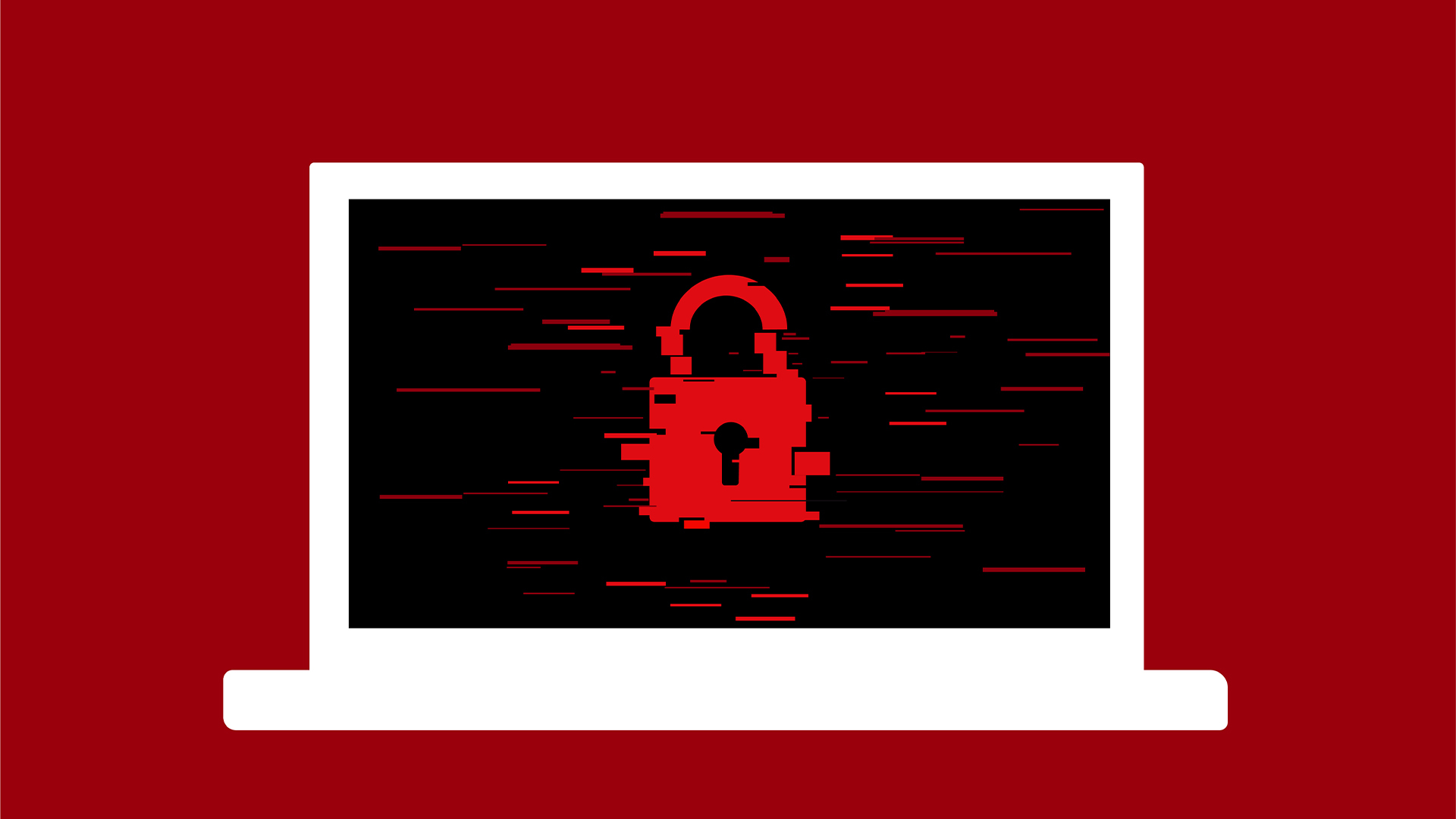

The first half of this year saw a sharp rise in the number of ransomware attacks, with US companies, small and medium-sized businesses (SMBs), and manufacturing firms among the hardest hit.
Between January and June, 4,198 ransomware cases were exposed on the dark web, up 49% from the 2,809 cases recorded in 2024, according to data compiled by NordStellar.
“We’re only halfway into the year, but the number of ransomware attacks has already doubled, signifying that these attacks remain effective and profitable enough for cyber criminals to ramp up their efforts,” said Vakaris Noreika, a cybersecurity expert at NordStellar.
“Some factors that could contribute to the growth in ransomware attacks include the rise in Ransomware as a Service (RaaS), expanded attack surfaces from remote or hybrid work models and economic uncertainty that could encourage more people to seek illegal income and turn to cybercrime.”
US businesses were hit the hardest, accounting for 596 incidents – 49% of all cases – followed by Germany with 84, Canada with 74, the UK with 40, and Spain with 37.
“Not only is the US home to many profitable businesses, but the companies also have a higher profile. As a result, they’re more likely to give into ransomware demands to reduce the impact of the reputational damage resulting from an attack”, said Noreika.
“Strict regulations are also a significant factor to consider — laws on data protection and operational uptime can urge companies to resolve ransomware incidents quickly and not risk the fines or loss of their clients and partners’ trust.”
Sign up today and you will receive a free copy of our Future Focus 2025 report – the leading guidance on AI, cybersecurity and other IT challenges as per 700+ senior executives
There were 223 recorded cases in the manufacturing industry alone, followed by construction with 97 and the IT industry with 88.
Researchers noted that this is because of challenges enforcing and centralizing security across geographically dispersed locations, as well as a reliance on outdated and unpatched systems.
The top ransomware players of 2025 so far
Meanwhile, organizations with between 51 and 200 employees and with revenues between $5 million and $25 million faced the most ransomware attacks.
This may be due to a reliance on third-party IT providers and a lack of comprehensive cybersecurity measures, the study noted.
Qilin was the busiest ransomware group during the second quarter of this year, with 214 attacks, followed by SafePay – believed to be responsible for an attack on Ingram Micro earlier this month – with 201 incidents, and Akira with 200.
Researchers stressed the importance of cybersecurity training to tackle phishing scams, along with the use of multi-factor authentication (MFA) and strict password management.
“Aside from raising cybersecurity awareness, companies should also build a comprehensive cybersecurity strategy to detect threats before they escalate,” said Noreika.
“This includes implementing endpoint protection, monitoring the dark web for potential data leaks, and keeping a close eye on the company’s attack surface for unpatched security vulnerabilities.”
MORE FROM ITPRO
TOPICS




